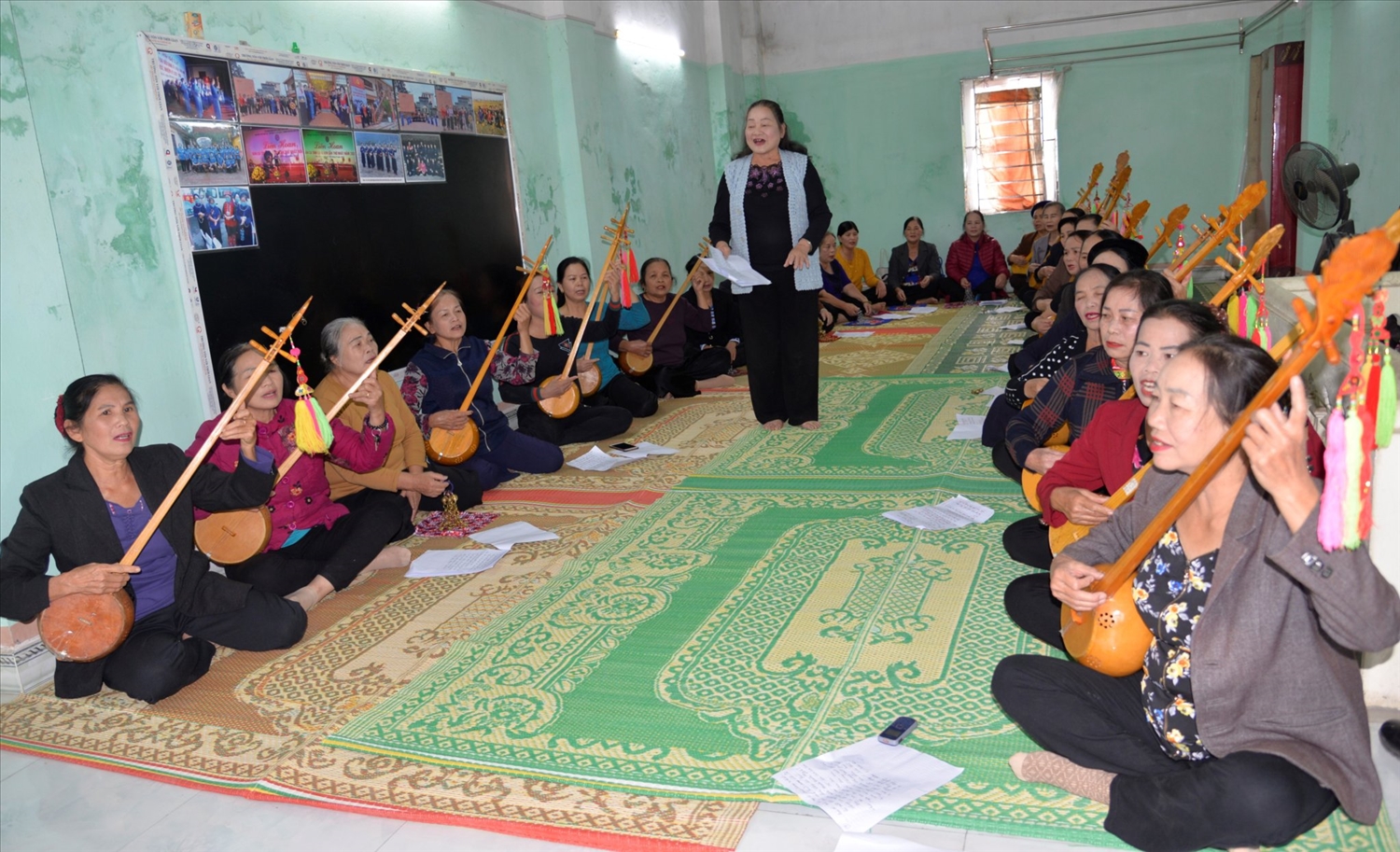
In Lang Son province, both the Tay and Nung ethnic groups have their own languages belonging to the Tay-Thai language family. In villages with a large population of Tay and Nung people, people still use their ethnic languages for daily communication. Like many other ethnic groups, the language of the Tay and Nung in Lang Son exists in two forms: written and spoken.
In terms of language, the Tay and Nung people of Lang Son have had long-standing contact with the Kinh people. The Tay people learn Chinese characters according to Sino-Vietnamese pronunciation, so the Tay language is more influenced by the Kinh language and is closer to the Kinh language. The Nung people used to learn Chinese characters according to Chinese pronunciation, so their language is closer to Chinese. Therefore, the Tay and Nung people can understand each other in communication, but there is a subtle distinction between the Tay and Nung languages in terms of tone.
The people often use their own language anytime, anywhere, in their daily life when talking to each other. That is why, in all Ky Lua markets, the majority of the people who go to the market use Tay and Nung languages as the main means of communication to exchange, buy and sell goods and sing Sli and Luon to each other.
Ms. Vi Thi Tinh, a resident of Loc Binh district, excitedly shared: “Anywhere, especially in community activities, in addition to Kinh, we still use Tay to communicate with each other. It feels much closer. No matter where we are, no matter how crowded, without even mentioning the costumes, just by talking, we know we are Tay people.”
"The Tay and Nung are two ethnic groups that share many similar characteristics in terms of ethnology, residence, culture, and especially language. It can be said that the Tay and Nung languages, both spoken and written, are important elements that create the cultural identity of Lang Son."
Mr. Hoang Van Pao, Chairman of Lang Son Provincial Cultural Heritage Association
Regarding written language, currently, the Tay and Nung ethnic groups no longer maintain their own writing system, only a small part remains in the system of worship books and Then books. Mr. Hoang Van Pao, Chairman of the Cultural Heritage Association of Lang Son province, said: “The Tay and Nung are two ethnic groups that share many similar characteristics in terms of ethnology, place of residence, culture, especially language. It can be said that the Tay and Nung languages, both in terms of speech and writing, are important elements that create the cultural identity of Lang Son.”
Talking with the leaders of the Department of Culture and Sports of Lang Son province, it is known that recently the Department has directed specialized departments and affiliated units to increase the collection of documents, written artifacts, audio and video recordings of customs, practices, and folk songs using the Tay and Nung languages; translate works, excerpts of ancient then, village officials, co lau, sli and publish them into books for archiving, serving the research work of the people...
“In particular, the Department guides districts and cities to promote propaganda, encourage people to use ethnic languages in daily life, encourage the older generation to teach the younger generation; promote the establishment of folk song clubs, this is an ideal environment for the language to be maintained and promoted effectively,” emphasized Mr. Phan Van Hoa, Deputy Director of the Department of Culture, Sports and Tourism of Lang Son province.
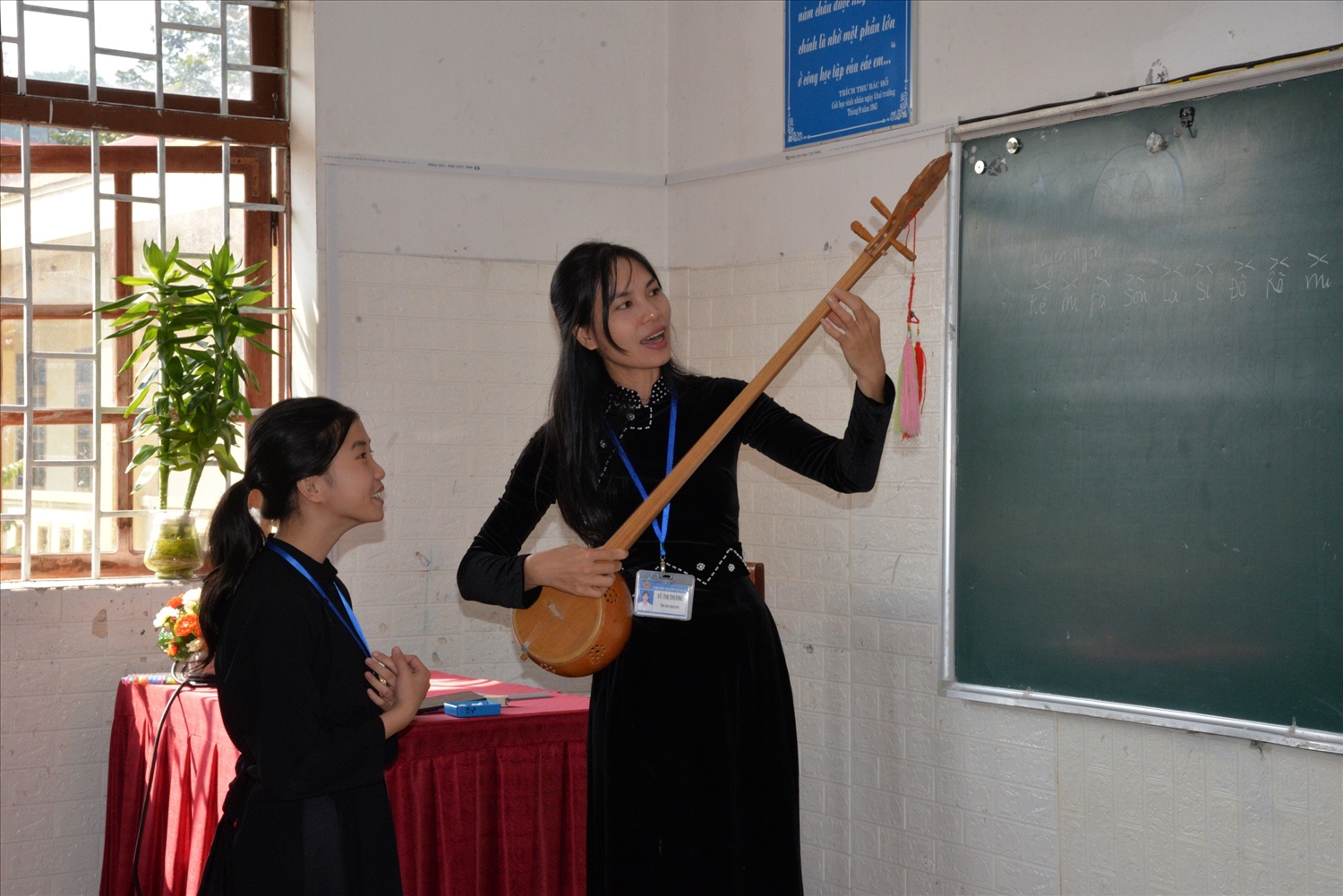
In addition, other agencies and units in the province are also very interested in the work of preserving ethnic languages: opening training classes, providing certificates in Tay and Nung languages (implemented since 2011), mainly in Tay language for cadres, civil servants and candidates for civil service exams according to regulations, these training classes are all approved by the Department of Education and Training; broadcasting news, current affairs programs and art programs in Tay - Nung languages; posting literary and artistic works in Tay and Nung languages....
Notably, the work of preserving ethnic languages through cultural and artistic activities using the Tay and Nung ethnic languages such as Then singing, Sli singing, Luong singing... Many schools in the province have taught in extracurricular classes. Up to now, the whole province has 23 schools at the primary, secondary and high school levels that have organized and established Then singing and Tinh lute clubs attracting over 400 students, an increase of 60% compared to 2018...
In addition to the need for people to pay more attention to teaching their children to use their ethnic language fluently in daily life, the role of the State management agency on ethnic affairs is extremely important in advising on policies to preserve and promote this language group. With the positive solutions of all levels and sectors in Lang Son province, it has contributed to gradually preserving and promoting the Tay and Nung ethnic languages in the current period.
Source



![[Photo] National Assembly Chairman Tran Thanh Man chairs the meeting of the Subcommittee on Documents of the First National Assembly Party Congress](https://vphoto.vietnam.vn/thumb/1200x675/vietnam/resource/IMAGE/2025/5/8/72b19a73d94a4affab411fd8c87f4f8d)
![[Photo] General Secretary concludes visit to Azerbaijan, departs for visit to Russian Federation](https://vphoto.vietnam.vn/thumb/1200x675/vietnam/resource/IMAGE/2025/5/8/7a135ad280314b66917ad278ce0e26fa)
![[Photo] General Secretary To Lam begins official visit to Russia and attends the 80th Anniversary of Victory over Fascism](https://vphoto.vietnam.vn/thumb/1200x675/vietnam/resource/IMAGE/2025/5/8/5d2566d7f67d4a1e9b88bc677831ec9d)
![[Photo] Prime Minister Pham Minh Chinh meets with the Policy Advisory Council on Private Economic Development](https://vphoto.vietnam.vn/thumb/1200x675/vietnam/resource/IMAGE/2025/5/8/387da60b85cc489ab2aed8442fc3b14a)
![[Photo] President Luong Cuong presents the decision to appoint Deputy Head of the Office of the President](https://vphoto.vietnam.vn/thumb/1200x675/vietnam/resource/IMAGE/2025/5/8/501f8ee192f3476ab9f7579c57b423ad)




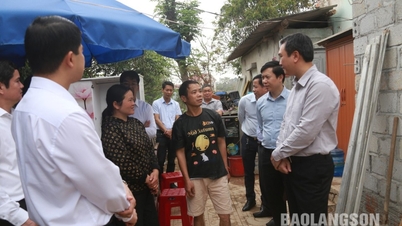

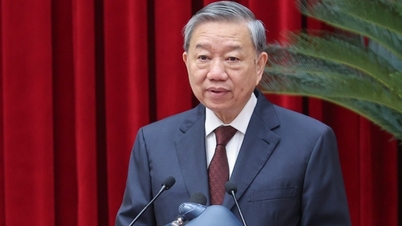
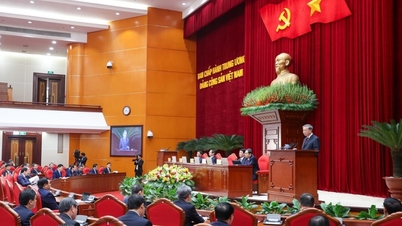
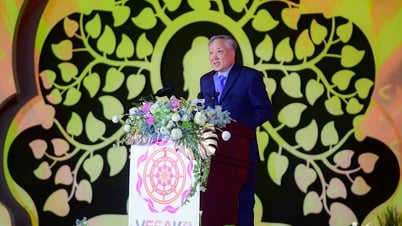
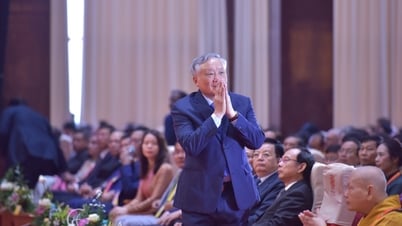
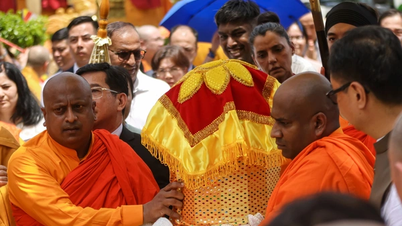
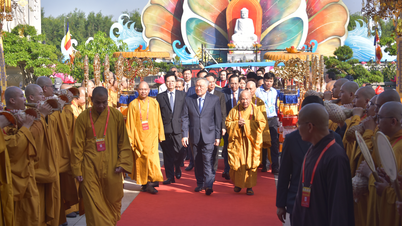
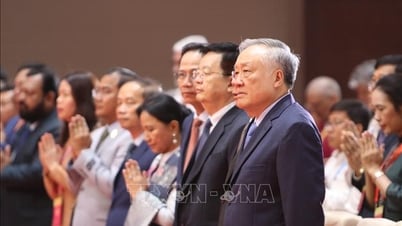
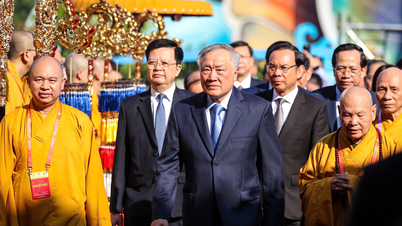




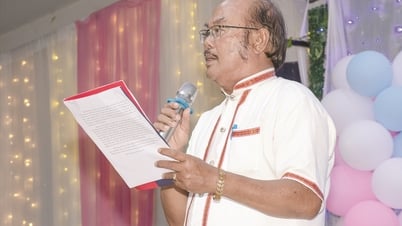
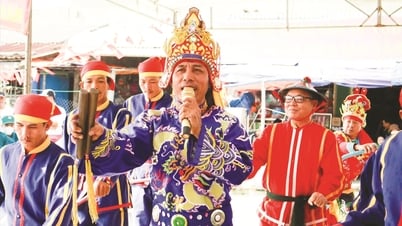
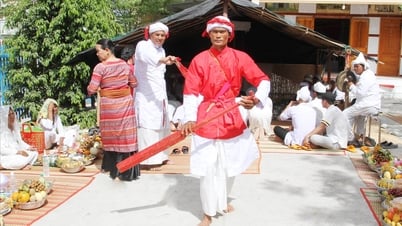




































![[Photo] Prime Minister Pham Minh Chinh talks on the phone with Singaporean Prime Minister Lawrence Wong](https://vphoto.vietnam.vn/thumb/402x226/vietnam/resource/IMAGE/2025/5/8/e2eab082d9bc4fc4a360b28fa0ab94de)














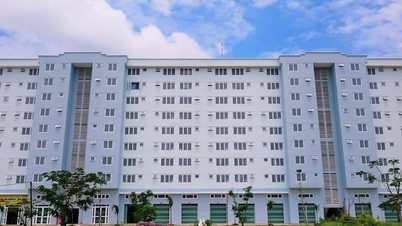
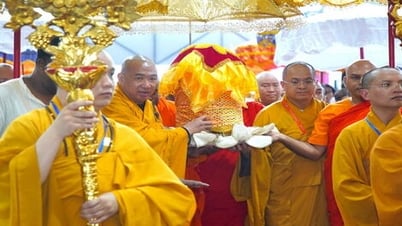

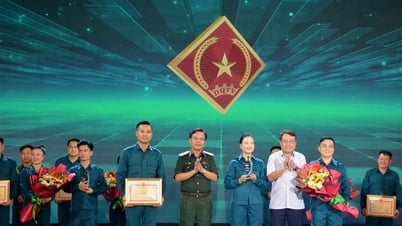













Comment (0)